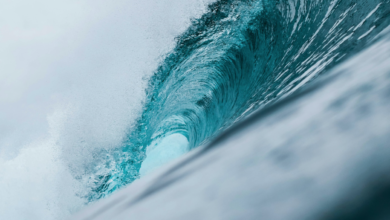The plastic on the seabed could be 100 times more than expected

Half of the plastic on the seabed accumulates near the continental plates
(sustainabilityenvironment.com) – Plastic pollution on the seabed could be up to 100 times greater than that of floating objects on the surface. This shocking data was provided by new research conducted by CSIRO, Australia’s national scientific agency, and the University of Toronto in Canada. According to the study, plastic that ends up at the bottom of the sea could weigh up to 11 million tons, representing a serious environmental problem.
Dr Denise Hardesty, senior researcher at CSIRO, stressed that this is the first accurate estimate of plastic pollution on the ocean floor. This plastic, coming from a wide range of everyday objects, accumulates on the underwater sand, decomposing into smaller fragments and integrating into the sediments.
Although awareness of the huge amount of plastic entering the oceans is high, this work adds an extra element. The scientific community, the authors say, had not previously evaluated how much of this pollution ended up on the seabed. The new data was obtained thanks to a mission of the Australian agency, entitled Ending Plastic Waste. With this program, the agency aims to transform the way plastic is produced, used, recycled and disposed of to address the growing problem of ocean pollution.
Half of the plastic accumulates near the continents
To make an estimate, researchers used available data to build predictive models that estimate the amount and distribution of materials at the bottom of the sea. Their calculations frame a fairly wide range, between 3 and 11 million tons, with a distribution showing accumulations around the continents. About half (46%) of the expected plastic mass would be over 200 meters deep, from 200 to 11 thousand meters, would instead concentrate the rest (54%).
The results of the study, if needed, indicate the need to strengthen strategies and programs to reduce pollution and protect marine life.





